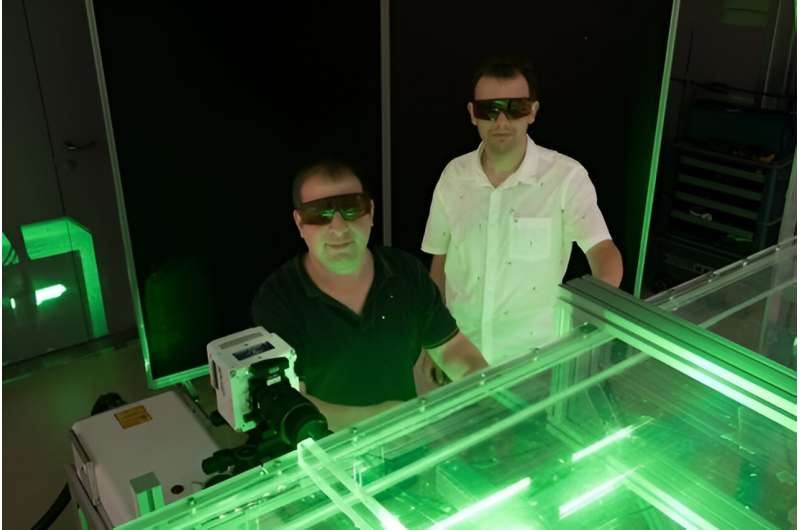Researchers at TU Wien have made a breakthrough in understanding the intricate movement and dispersion of microplastic fibers in turbulent water currents, paving the way for better prediction and mitigation of this global environmental challenge.

Detecting the Hidden Dances of Microplastics
These microplastics are a stubborn and ubiquitous issue, fast managing to make their way from our rivers and oceans into living organisms. However, the behavior of these minuscule particles—often fiber-like—in turbulent water currents has long puzzled scientists.
This novel method, developed by the researchers of TU Wien and based on high-speed imaging to quantify the complex motions and rotations of microplastic fibers in controlled, turbulent water flows This discovery has offered something never before achieved: a direct window into the intricate relationships between these particles and fluid, imperative in creating accurate models that can be used to pinpoint where microplastics travel across the planet, and how we may counter this trend.
Deciphering the Enigma of Microplastic Behaviour
Until now, describing the behavior of these tiny plastics in turbulent ocean water had been nearly impossible for scientists: Unpredictable and complex, much like its great expanse of no longer untouched territory. The rotational dynamics of these particles are complex in highly turbulent currents and have a profound impact on their transport and deposition patterns.
To understand this, researchers at TU Wien developed a highly complicated setup to record the 3D trajectory of individual microplastic particles moving inside a well-controlled water channel using six high-speed cameras. And this method is data-driven, which has led them to several key observations — for example, the way in which fibers at the walls of the channel behave differently from those in the middle of the flow.
Having all this experimental data means the scientists are able to test, and revise their theoretical models forecasting how microplastics move around, so they can be more accurate in predicting where they go, tracking them down accordingly.
Conclusion
The researchers at TU Wien have carried out a pioneering study that could change the way we think about how macro plastic turned micro behaves in rivers and oceans where flow is turbulently. Such research is expected to further the accuracy of developing algorithms and generally better understand how to intervene in a global microplastics crisis, whether that be technology deployment or policy choices. While we are still faced with the ever-present problem of microplastic contamination a bright spot of hope can be gleaned from studies like this one — providing us with the scientific tools to address an environmental quandary that is as complex as it is ubiquitous.
